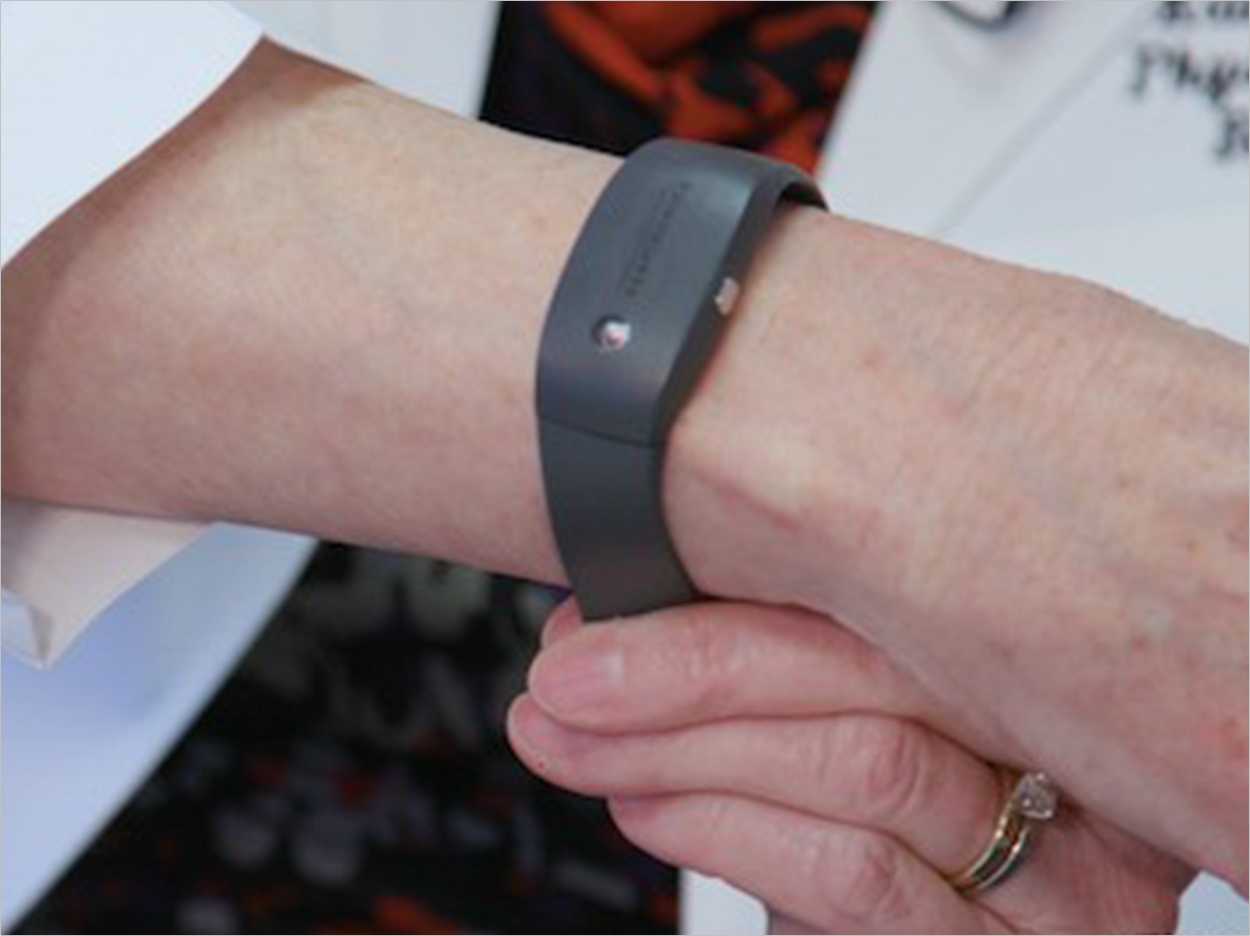
Researchers from multiple universities and medical facilities will participate in a national study to determine whether medical devices used in the home can diagnose sleep apnea that often develops after traumatic brain injuries (TBIs). The $2.68 million study will compare the accuracy of formal laboratory screening versus wristwatch-like sensors that TBI patients will wear to measure sleep patterns.
The researchers want to know if wrist actigraphs, if proven comparable to full-scale polysomnography commonly used in sleep labs, would offer a reliable, accessible method to diagnose sleep apnea and lead to earlier treatment. The disorder often goes undiagnosed, which for TBI patients can be a crucial setback in recovery, according to the researchers.
“Optimizing sleep is essential for neurorecovery after TBI,” said researcher Kathleen Bell, MD, of the O’Donnell Brain Institute at the University of Texas Southwestern Medical Center, and the Kimberly-Clark Distinguished Chair in Mobility Research.
Funding for the study comes from the Patient-Centered Outcomes Research Institute to further previous work from the multi-institutional team on how TBI affects sleeping patterns. The team previously examined sleep apnea incidence in consecutive admissions to inpatient brain injury rehabilitation and found that 50% of all brain injury admissions and 37% of people with TBI were diagnosed with sleep apnea.
Up to 3 million TBIs occur in the United States each year, the researchers report. But diagnosing the ensuing cases of sleep disorder has been a challenge because most TBI patients don’t realize they’re at higher risk and are unaware their sleep is being disrupted by snoring or other symptoms. The researchers aim to improve the diagnosis rate by demonstrating whether home-based technology can be just as effective as laboratory testing.
The wrist actigraphs, which primarily have been used informally by researchers to monitor sleep patterns, will be upgraded for the study with improved sleep-tracing abilities to determine whether they can be a viable alternative to full-scale polysomnography, which is conducted in a sleep lab by a technician.
“We know that you can identify disturbances in sleep with wrist actigraphs. What we don’t know is how effective these screening methods are stacked up against one another,” said Bell.
The study will begin enrollment in May at 6 TBI Model System Research Centers across the country. Participants will be selected from inpatients enrolled in the TBI Model Systems.
Related Articles
Dentist-Physician Collaboration Fundamental to Dental Sleep Medicine
Common Red Flags for Continuing Education in Dental Sleep Medicine



